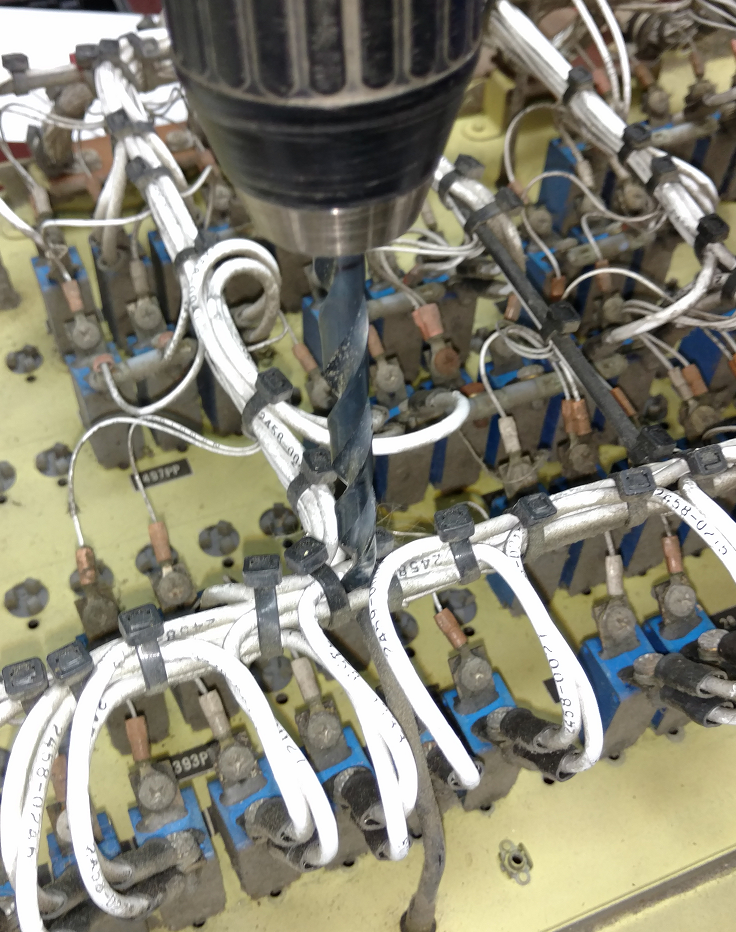Consider a common aircraft wire: how many requirements and standards must be considered during its design and fabrication? A simple back-of-the-envelope calculation suggests at least 30 various requirements and standards. For an aircraft wire harness, that number can easily jump to 50. Without a doubt, between each of these standards and requirements, there can be confusion and misconceptions on the best ways to maintain certain parts of the wiring system.
Lectromec recently came across a set of guidance and recommendations that we feel need to be corrected. We do this because Lectromec’s mission is for safe reliable aircraft wiring systems. If misinformation and/or incorrect assumptions are applied, then there can be hazardous or catastrophic consequences.
In this article, we address these point by point and provide suggestions on best practices.
EWIS Inspection Timeline
Incorrect Assumption: The only chance to get to see some wire in aircraft is during upgrades.
Correction: As part of the Instructions for Continued Airworthiness for Part 25 aircraft, there must be an Enhanced Zonal Analysis Program (EZAP) in place for the scheduled inspection of all EWIS. https://www.lectromec.com/updating-periodic-maintenance-procedures/ These requirements have been in place for the last ten years and should not be news to maintainers. In short, there must be a plan in place to regularly inspect all elements of the aircraft wiring system. How often and what types of inspections are dependent upon the environment, the system, and proximity to critical systems.

Use of zip ties
Incorrect Assumption: The zip ties are fine in all applications.
Correction: The reason that many have frowned upon the use of zip ties is that:
- Zip ties are stiff and the edge can dig in and cut the insulation.
- Zip ties that are too tight can impact the performance of controlled impedance cables (e.g. Coax cables).
There are commercially available zip ties that have smoothed edges to reduce the level of damage. The ties are a great, easy to install wire harness management tool, but there must be some consideration as to their use, the environments in which they are installed, and the application.
Signs of Wiring Problems
Incorrect Assumption:: Signs of wiring problems include “insulation beginning to crack and peel.”
Correction: The cracking and peeling of insulation are most often associated with polyimide (Kapton®) or MIL-W-81381 style wires which are uncommon on aircraft these days. Further, the cracking and peeling of this wire (MIL-W-81381) are commonly seen on the topcoat which provides no indication of the wire insulation integrity (applied to provide a markable surface). Lectromec has written about polyimide wire degradation as well as guidance on what to look for during EWIS inspections.
More information about connector aging is available here.
Use of CPCs
Incorrect Assumption: Use of CPCs in connectors is encouraged.
Correction: This practice of applying CPCs to connectors and on the wiring is now discouraged as it adds contaminates to the connector. If not properly cleaned, these contaminates can build up and reduce the electrical performance. Also, exposure of wiring to CPCs has shown to increases its flammability.
Neither one of these affects are beneficial to system performance.
The Best Way to Find wire Problems
Incorrect Assumption: Heating the wire with a heat gun and/or cooling it with freeze spray are good diagnostic tools.
Correction: The use of heat guns and cooling freeze sprays should be used with extreme caution. Freeze sprays can cool a wire to below -40oC. Although many wires/cables are rated to operate below this temperature, their flexibility is significantly diminished and can generate insulation cracks if handled harshly. When testing is performed to verify flexibility at low temperatures, it is done in a slow and controlled manner.
Conclusion
Wire systems care is not something that should be approached with any random idea. For those working around the wiring system, treat it as though it were the power/data cable for your new cell phone: Don’t step on it, don’t bend it too tight, and get help if you see damage. If you are looking for the best way to handle your wiring systems and/or looking to make sure your maintenance guidance is up to date, contact Lectromec. We have the team that can help you get the most from your aircraft’s EWIS.
